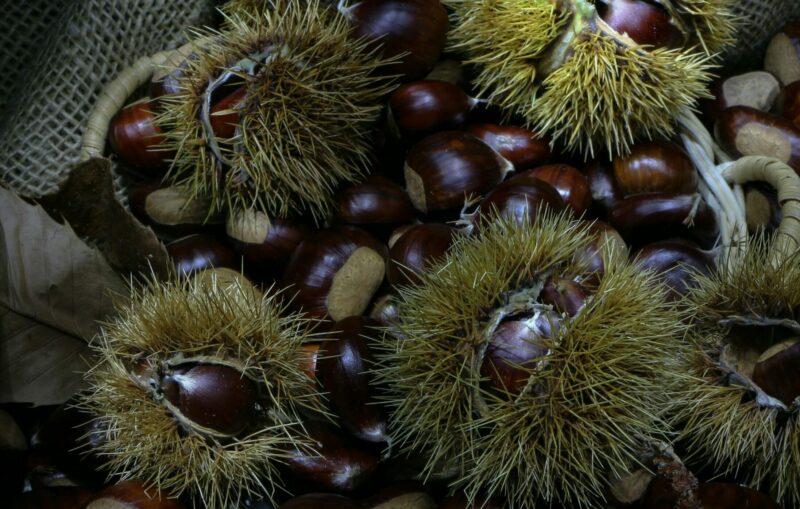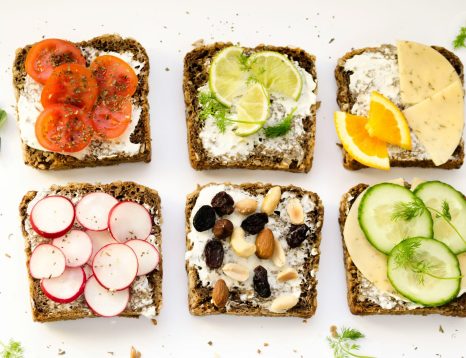
The chestnut is the fruit of the tree castanea (chestnut). The fruits are inside a woody casing that has thorns on the outside and opens when ripe. Their ripening period starts from the beginning of September, until the end of November and the trees of the species castanea they can survive up to 500 years. In Greece, chestnut trees thrive in Thessaly, Macedonia, the mountainous regions of Lesvos and Crete.
Chestnuts are nuts, they are low in fat and rich in vitamins C. They can be eaten raw, boiled, baked, ground or mixed into sweets. Although they lose some of the vitamin C when cooked, chestnuts remain a good source of antioxidants.
Nutritional value of the chestnut per 100g:
Energy: 224 kcal
Protein: 4.2g
Fats: 1.1g
of which saturated: 0.16g
of which monounsaturated: 0.6g
of which polyunsaturated: 0.29g
Carbohydrates: 49g
Calcium: 18mg
Iron: 1.4mg
Magnesium: 84mg
Phosphorus: 96mg
Potassium: 447mg
Sodium: 3mg
Zinc: 0.87mg
Vitamin C: 36mg
Thiamine: 0.16mg
Riboflavin: 0.18mg
Niacin: 0.8mg
Vitamin B6: 0.4mg
Folic acid: 68μg
Vitamin A: 202IU
Caution
Chestnuts contain tannic acid, which means they can cause:
- Liver damage, if you have liver disease or kidney problems
- Stomach irritation
- Motion sickness
Benefits to the organization:
- Helps control sugar
- Helps reduce cholesterol
- It helps digestion
- It helps with heart health
- Helps to treat constipation
- It is a Gluten-free food
- It enhances memory
- Moisturizes the skin
Sources:
https://el.wikipedia.org/wiki/%CE%9A%CE%AC%CF%83%CF%84%CE%B1%CE%BD%CE%BF










